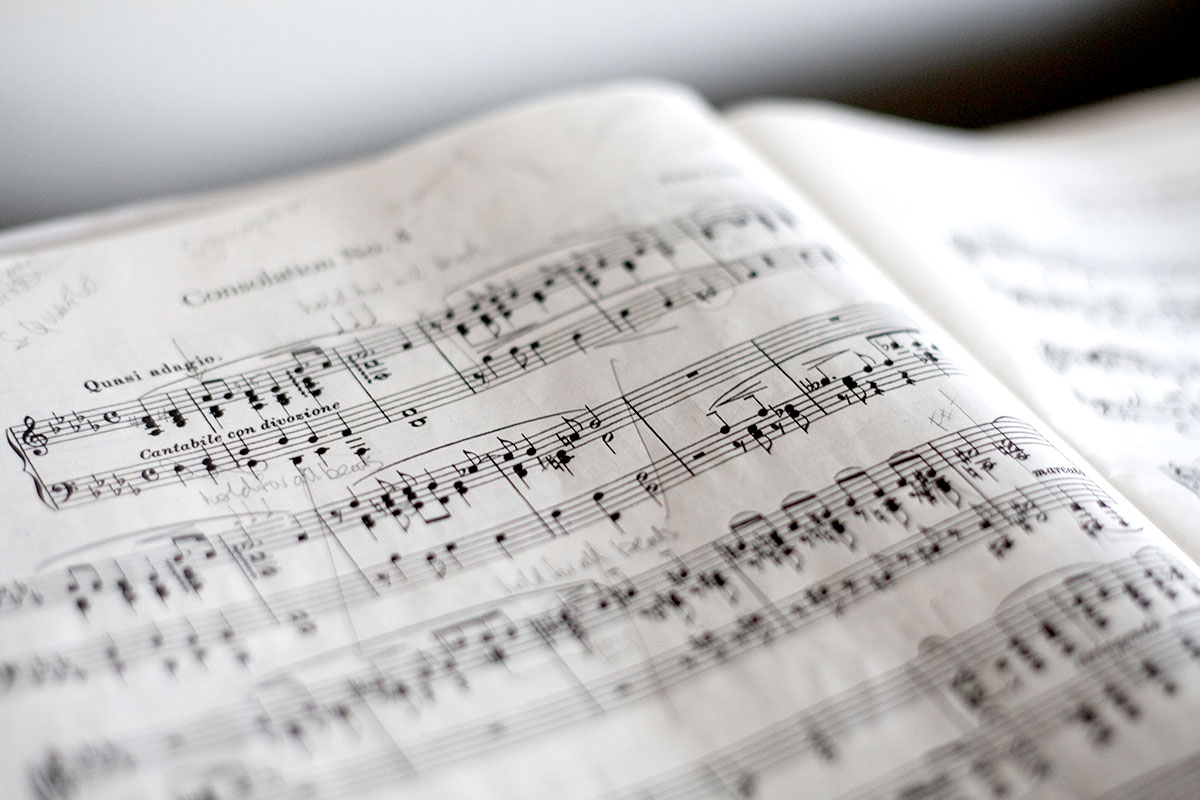The following issue will present literary songs as an object of literature and musicology studies, analyzed through the works of Polish and foreign creators. By approaching a number of “case studies,” we will attempt to depict the problems encountered by this field of research (still quite rudimentary and barely present in Polish literature studies) and the specific methodological apparatus it utilizes. In order to navigate this terrain, the authors will take stock of cultural anthropology and poetic studies. They will also analyze the relation of literary songs with pop and high culture respectively.
Music research, often called the vernacular philosophy of the 20th century, has so far in Poland been unable to become a subject of serious and dilligent studies, however, the analysis of relations between literature and music has somewhat intensified in recent decades (Andrzej Hejmej). The subject of songs has already cropped up in multiple thorough works by Polish musicologists, literary scholars, sociologists, anthropologists, historians, although usually as an auxiliary issue rather than a central theme. The importance of songs for literary theoreticians grew in the 1970s, yet significantly waned in subsequent decades. Their research (notably of Anna Barańczak, Edward Balcerzan, and Michał Głowiński) was summed up in dictionary entries included in latter compilations such as: Dictionary of Polish 20th century literature, Dictionary of literary genres, Dictionary of entertainment music terminology, Encyclopedia of popular literature.
Theoretical research revolves around the following issues: a) the double coded nature of songs (the coexistence of word and sound, the necessity of filling melodic and rhythmic formulas with text); b) attributes of text structure (the consequences of semantic adequacy of music and text); c) conventionality and creativity of songs (the issue of repetitiveness, the consequences of terseness and aphorism); d) the dialogic aspect of songs (the image of sender and receiver, the scope of reception, chronological issues); e) relations with folk music and the melic tradition; f) special features of the linguistic world portrayed in songs; g) songs and the question of style; h) lyrics as forms of literature.






